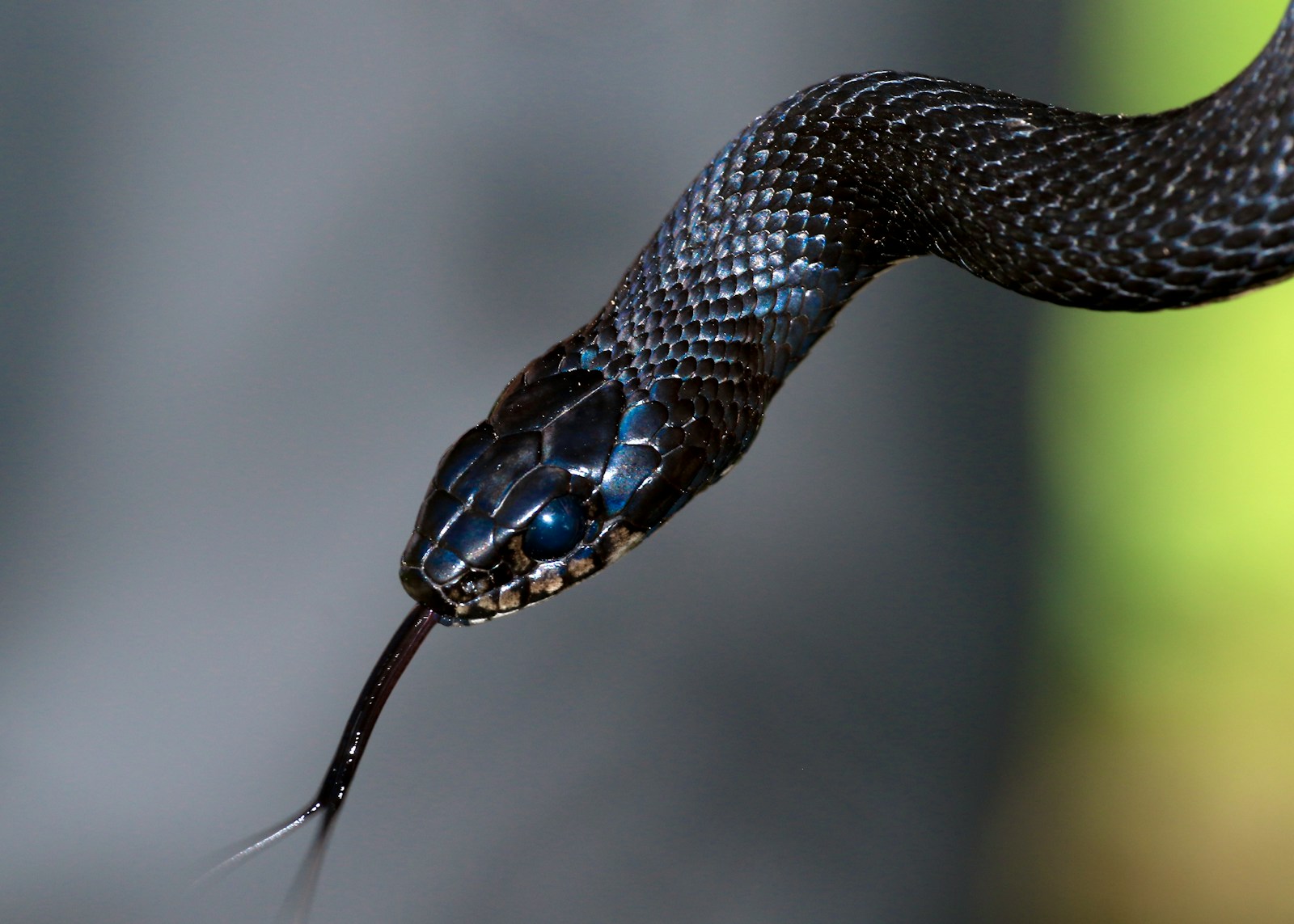When we think of venomous snakes, we often picture aggressive predators poised to strike at a moment’s notice. However, many venomous species actually prefer flight over fight when encountering humans or potential threats. These serpents have evolved powerful venom primarily for hunting prey, not for defensive purposes. Despite their fearsome reputations, these snakes would much rather escape than engage in confrontation, using their venom as a last resort when cornered or threatened. Understanding this behavior not only helps dispel common misconceptions about these remarkable reptiles but also provides valuable insight for those who might encounter them in the wild.
The Black Mamba: Africa’s Speed Demon

The Black Mamba (Dendroaspis polylepis) is renowned not only for its deadly venom but also for being one of the fastest snakes on Earth, capable of reaching speeds up to 12.5 miles per hour. Despite its intimidating reputation, this slender, olive to gray-colored snake native to sub-Saharan Africa would much rather use its impressive speed to escape than confront perceived threats. When a Black Mamba detects danger, its first instinct is to flee rapidly through grasslands or up trees, utilizing its 14-foot length to cover ground quickly. Only when cornered with no escape route does this snake resort to its defensive posture – raising the front third of its body off the ground, flattening its neck into a hood, and opening its inky-black mouth as a warning before striking.
Eastern Brown Snake: Australia’s Reluctant Fighter
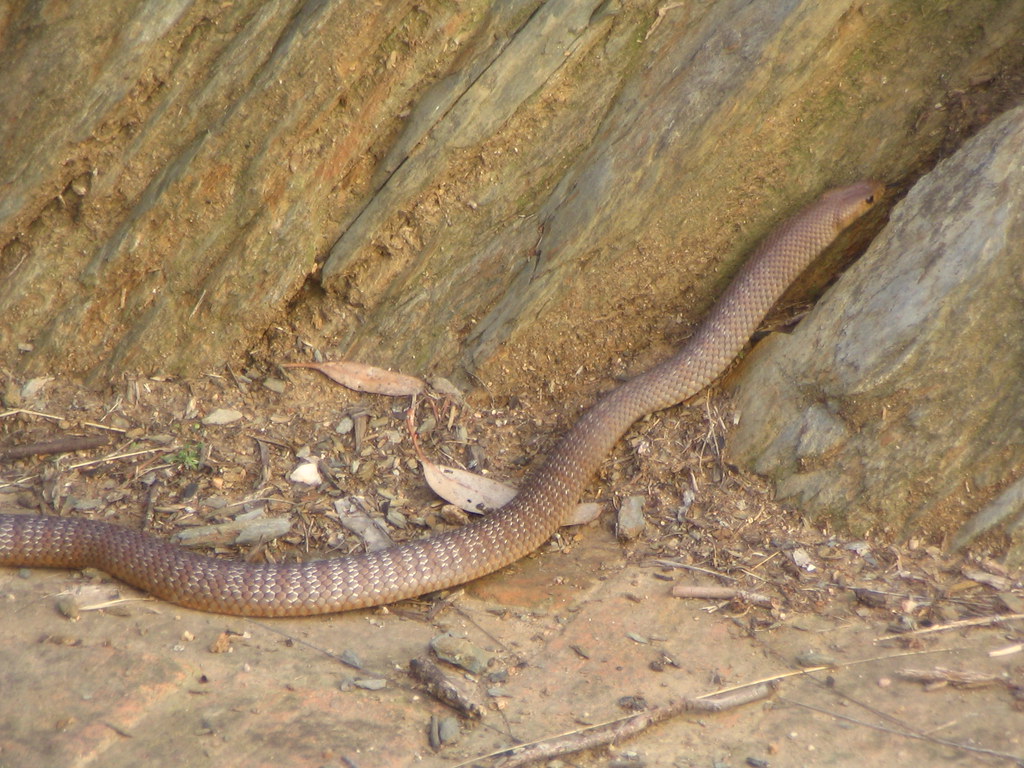
The Eastern Brown Snake (Pseudonaja textilis) is considered the world’s second most venomous land snake and is responsible for the majority of snakebite deaths in Australia. Despite this lethal capability, these slender, fast-moving reptiles typically attempt to escape when encountering humans, slithering away at impressive speeds. Their coloration, ranging from pale brown to almost black, helps them blend into the Australian landscape as they make their retreat. When escape is impossible, Eastern Browns display a distinctive defensive behavior – they raise their bodies in an S-shaped curve, flatten their necks, and perform mock strikes with closed mouths before resorting to actual bites. This elaborate warning system demonstrates their preference to intimidate rather than envenomate, using their venom only as a last resort when truly threatened.
Boomslang: The Shy Tree Dweller
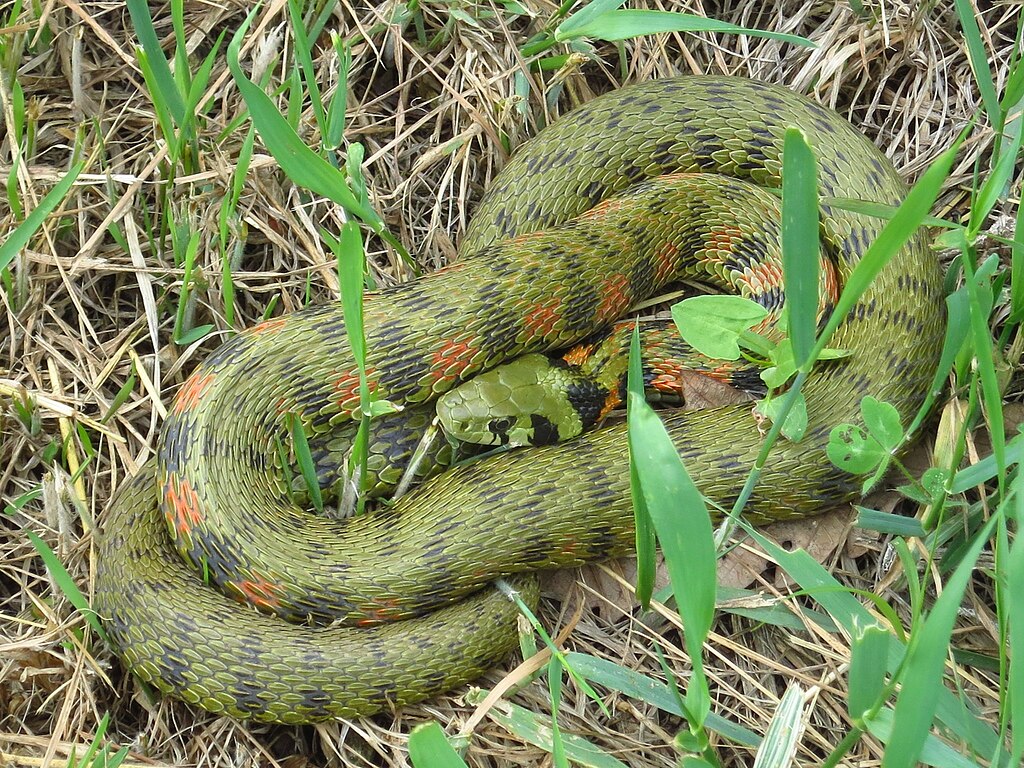
The Boomslang (Dispholidus typus) of sub-Saharan Africa possesses a highly potent hemotoxic venom that causes hemorrhaging and internal bleeding, yet this tree-dwelling snake is remarkably timid and non-confrontational. With its distinctive large eyes and egg-shaped head, the Boomslang spends most of its time camouflaged among tree branches, preferring to remain motionless or retreat higher into the canopy when disturbed. Males, typically bright green with black-edged scales, and females, usually brown, are both masters of avoidance rather than aggression. Their shy nature is so pronounced that bites are extremely rare, occurring almost exclusively when the snakes are handled or cornered with no escape route. Even when threatened, Boomslangs inflate their necks and move away rather than immediately striking, demonstrating their strong preference for flight over fight.
King Cobra: The Cautious Giant
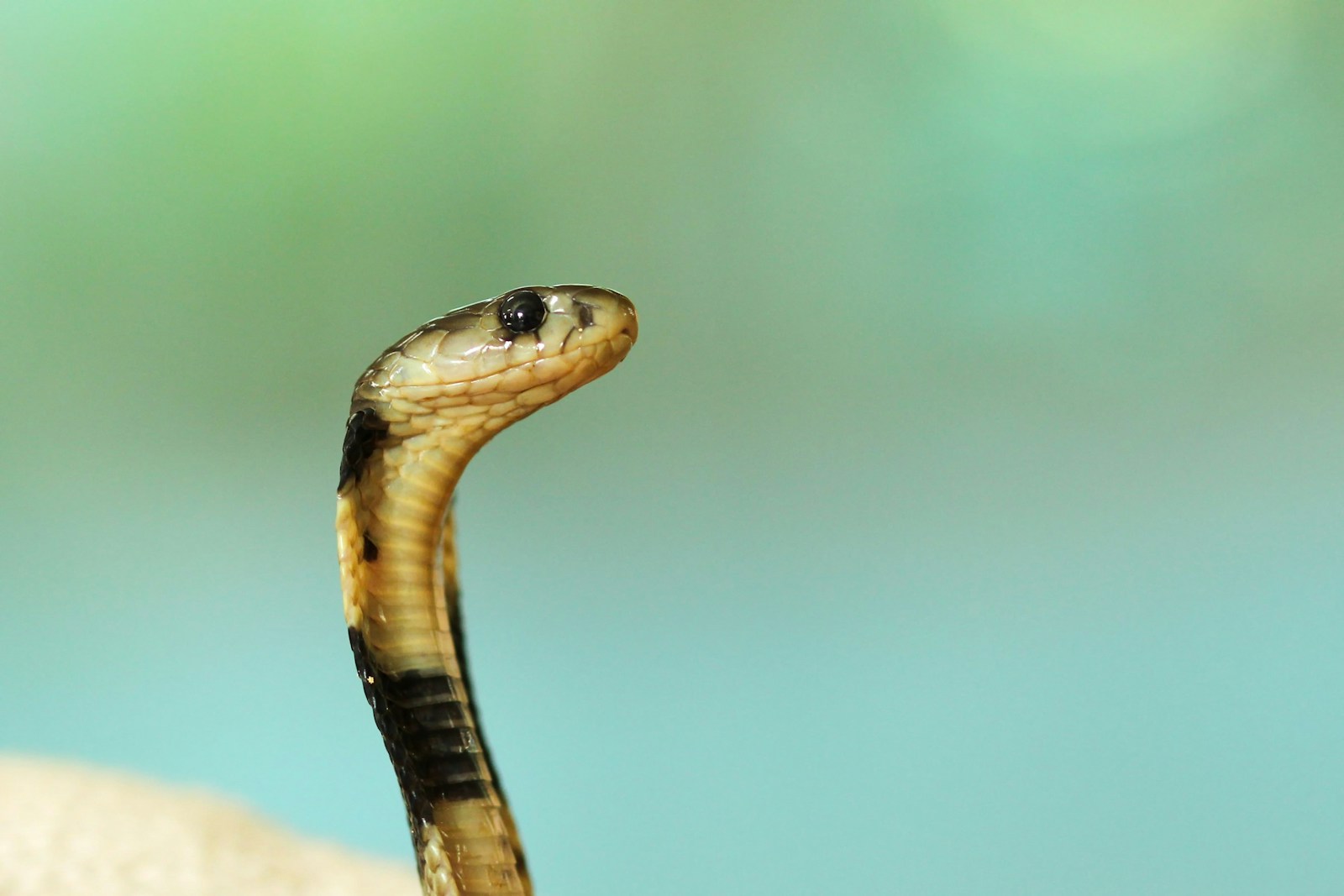
The King Cobra (Ophiophagus hannah), the world’s longest venomous snake reaching up to 18 feet, displays surprisingly cautious behavior despite its imposing size and reputation. Native to forests across South and Southeast Asia, this intelligent serpent typically attempts to avoid human encounters by retreating into dense vegetation when it detects approaching footsteps through ground vibrations. Researchers have observed that King Cobras often maintain awareness of escape routes and will use them rather than confront intruders whenever possible. When cornered, they employ an intimidating display—raising the front third of their body, spreading their distinctive hood, and producing a hair-raising hiss—as a warning to give potential threats every opportunity to back away before they resort to striking. This preference for avoidance rather than engagement reflects the King Cobra’s primary use of venom for hunting other snakes rather than for defense.
Inland Taipan: The Secretive Desert Dweller
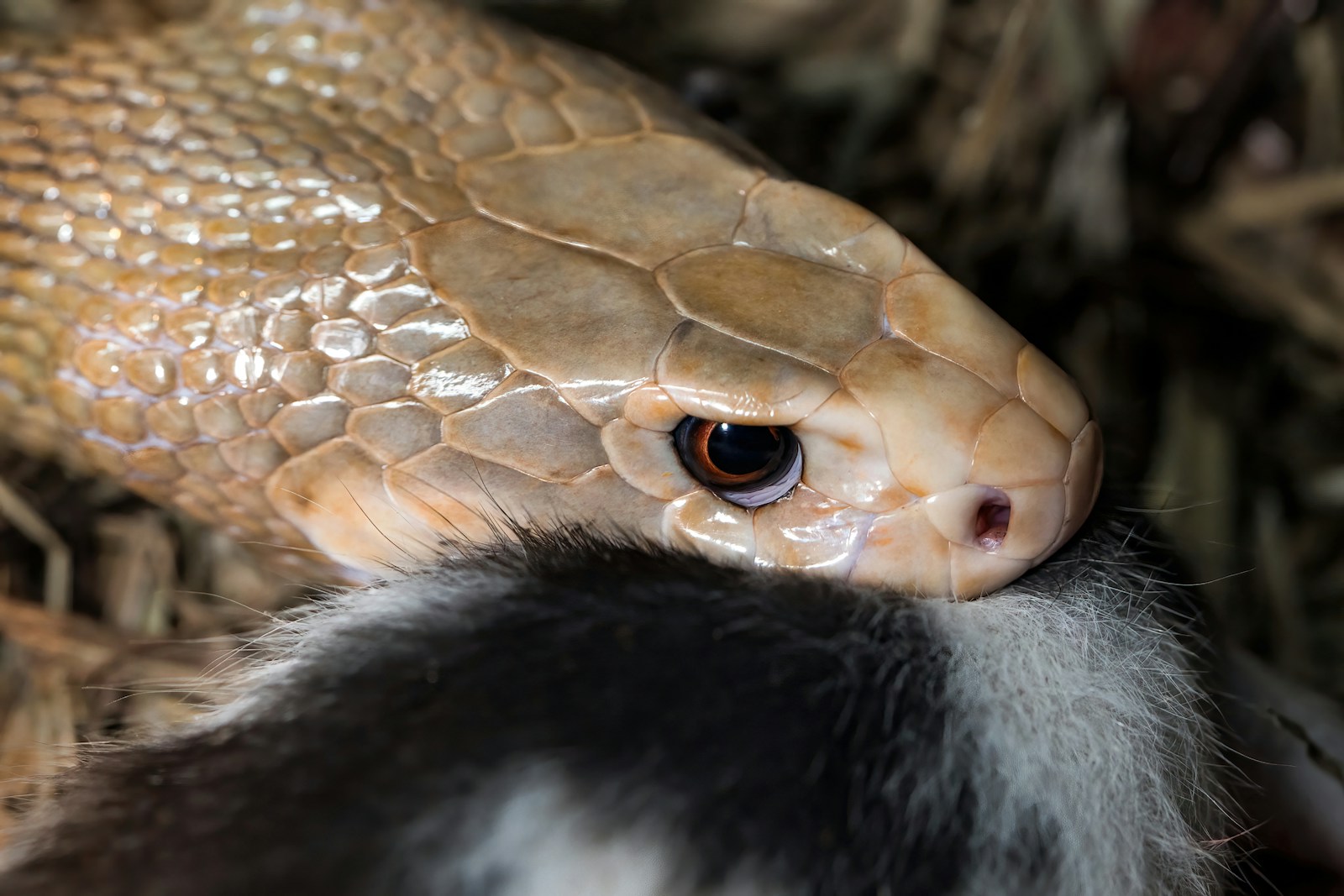
The Inland Taipan (Oxyuranus microlepidotus), often cited as the world’s most venomous snake, is paradoxically one of the most reclusive and non-aggressive serpents. Native to the arid regions of central east Australia, this snake actively avoids confrontation through both behavior and habitat choice. The Inland Taipan typically dwells in remote, sparsely populated areas where human encounters are naturally minimized, retreating quickly into cracks in the soil, animal burrows, or under rocks when disturbed. Its seasonal color changes—dark brown in winter for heat absorption and lighter olive-brown in summer for heat reflection—serve primarily for thermoregulation but also provide excellent camouflage to avoid detection. Despite possessing venom potent enough to kill 100 humans with a single bite, documented attacks are extraordinarily rare, testament to this snake’s strong preference to flee rather than fight when encountering larger animals it cannot consume.
Western Diamondback Rattlesnake: The Warning Sounder

The Western Diamondback Rattlesnake (Crotalus atrox) is iconic for its distinctive warning system—the eponymous rattle that serves as a clear signal for potential threats to keep their distance. This adaptation exemplifies the snake’s preference to avoid conflict rather than engage in it, as the rattlesnake expends energy creating sound specifically designed to prevent close encounters. Native to the southwestern United States and Mexico, these heavy-bodied pit vipers will typically coil defensively, rattle vigorously, and attempt to maintain distance rather than immediately strike when encountered. Research has shown that Western Diamondbacks often retreat when given the opportunity, choosing to slide under rock crevices or into rodent burrows rather than stand their ground. Their characteristic diamond-patterned camouflage also serves as a primary defense mechanism, allowing them to remain undetected and avoid confrontations altogether in their desert and scrubland habitats.
Mozambique Spitting Cobra: The Distance Defender
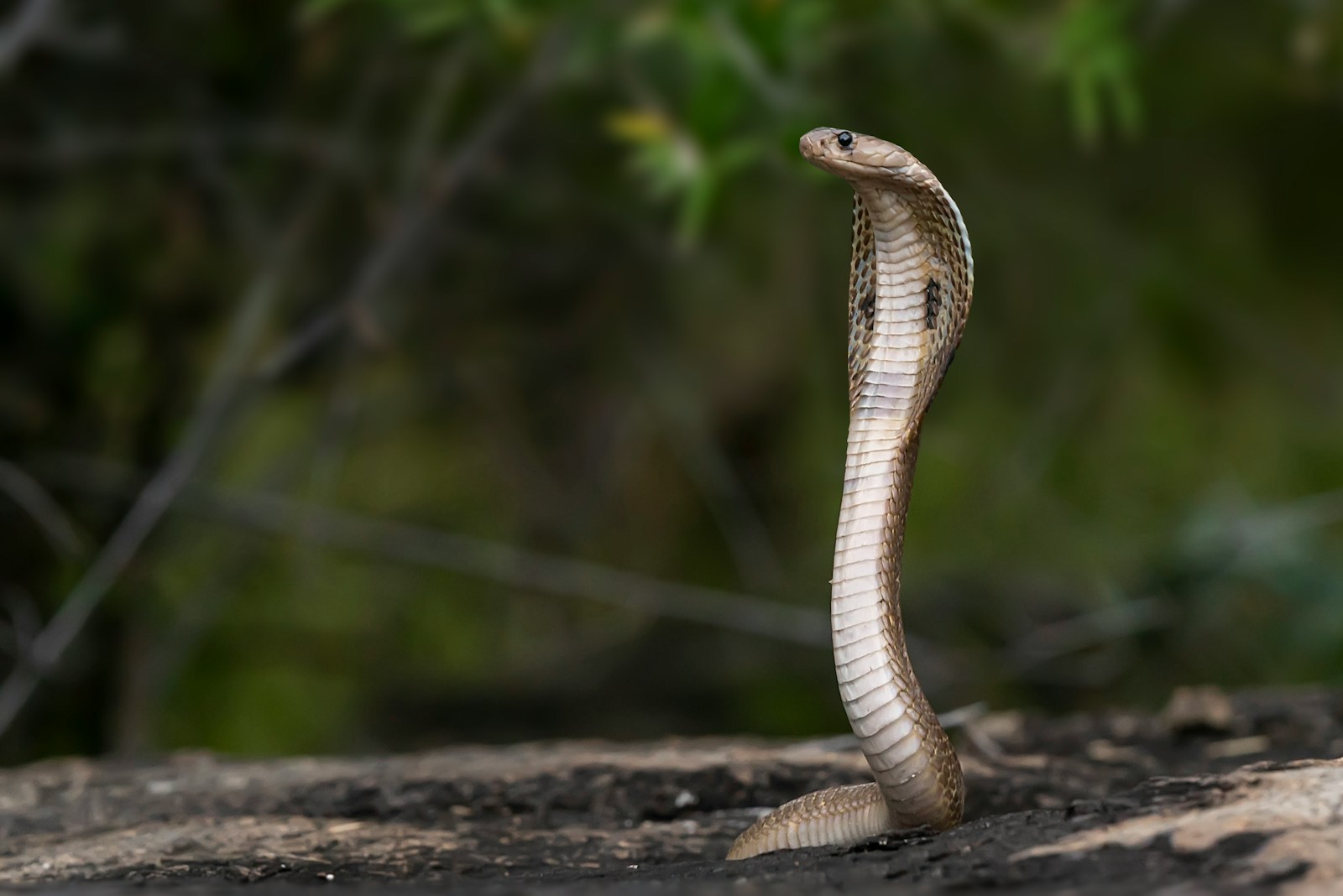
The Mozambique Spitting Cobra (Naja mossambica) has evolved a unique defensive strategy that epitomizes its preference to maintain distance rather than engage in close combat. When threatened, this cobra can project its venom up to three meters with remarkable accuracy, aiming for the eyes of potential predators to cause pain and temporary blindness while it escapes. This adaptation allows the snake to defend itself without risking the physical contact of a bite, demonstrating its preference for creating opportunity for retreat. Native to eastern and southern Africa, these medium-sized cobras are typically active during twilight and nighttime hours, further reducing potential encounters with humans. When disturbed, they initially attempt to flee to safety, only resorting to their hooding display and potentially spitting venom when cornered or repeatedly provoked. Despite their impressive defensive capabilities, studies show they would much rather slip away into grasslands or rocky areas than confront threats directly.
Tiger Snake: Australia’s Reluctant Striker
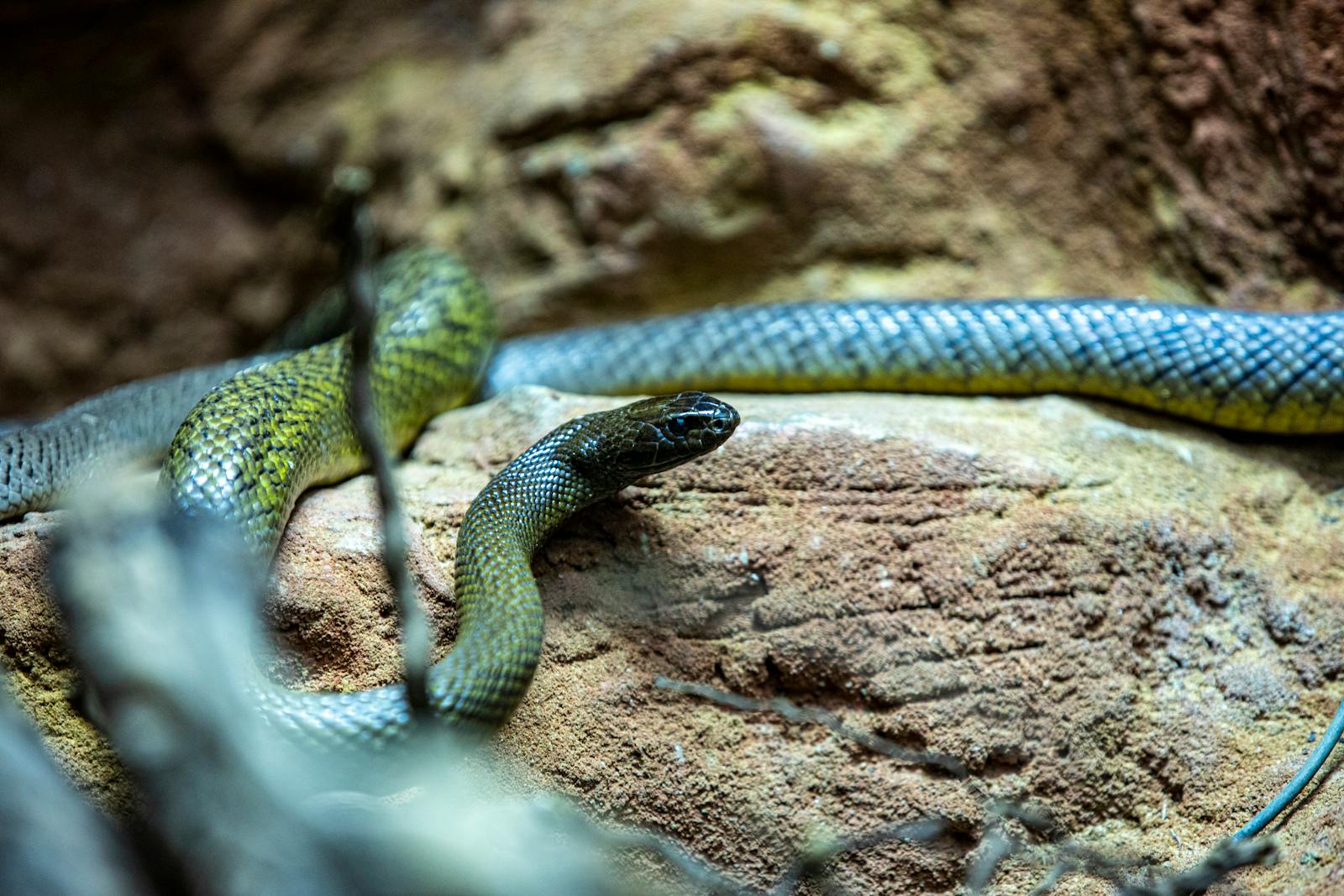
The Tiger Snake (Notechis scutatus) of southern Australia and Tasmania possesses highly potent neurotoxic venom but demonstrates a strong preference for evasion over aggression. These distinctively banded snakes—whose patterns resemble tiger stripes in some variants—typically respond to disturbance by freezing in place, relying on their camouflage, or quickly slithering away into dense vegetation or water bodies where they swim with surprising agility. Research has documented that Tiger Snakes will flatten their bodies against the ground to appear larger and raise their heads in a threatening display only when cornered without escape options. Their defensive displays include a characteristic neck flattening similar to cobras, accompanied by loud hisses and mock strikes with closed mouths before resorting to actual bites. This elaborate warning system indicates the Tiger Snake’s strong biological preference to avoid using its venom defensively whenever possible, reserving it primarily for subduing prey.
Copperhead: The Master of Camouflage

The North American Copperhead (Agkistrodon contortrix) relies primarily on exceptional camouflage rather than aggression to avoid confrontations. Their distinctive hourglass-patterned copper and tan bands blend remarkably well with forest floor leaf litter, allowing these pit vipers to remain virtually invisible as their first line of defense. When discovered, Copperheads typically remain motionless, betting on their camouflage rather than immediately fleeing or striking. If the threat persists, they often vibrate their tails among leaves to mimic a rattlesnake before attempting to retreat to safety. Studies have shown that Copperheads demonstrate significant restraint during defensive strikes, often delivering “dry bites” without venom injection when dealing with threats too large to consume, further supporting the notion that they prefer conservation of energy and venom over all-out aggression. Their reluctance to bite unless directly contacted or cornered has been well-documented by herpetologists, contradicting their undeserved reputation for aggression.
Forest Cobra: The Elusive Canopy Dweller

The Forest Cobra (Naja melanoleuca) of central and western Africa exemplifies the flight-over-fight tendency despite being Africa’s largest cobra species, reaching lengths of up to 10 feet. These predominantly black or dark brown snakes with cream or white belly scales are surprisingly agile climbers, often retreating vertically into trees when confronted on the ground. Their preference for densely vegetated rainforest habitats reflects their inclination toward avoidance rather than confrontation, using the complex environment to quickly disappear from view. Researchers studying Forest Cobras note that they typically maintain larger flight initiation distances compared to other cobra species, beginning their retreat earlier when detecting approaching threats. When escape routes are blocked, they resort to the classic cobra defensive display—raising the front third of their body, spreading their hood, and hissing loudly—giving ample warning before striking as an absolute last resort. This pattern of behavior clearly indicates their preference to avoid rather than initiate conflict with larger animals.
Cape Cobra: The Quick Retreater
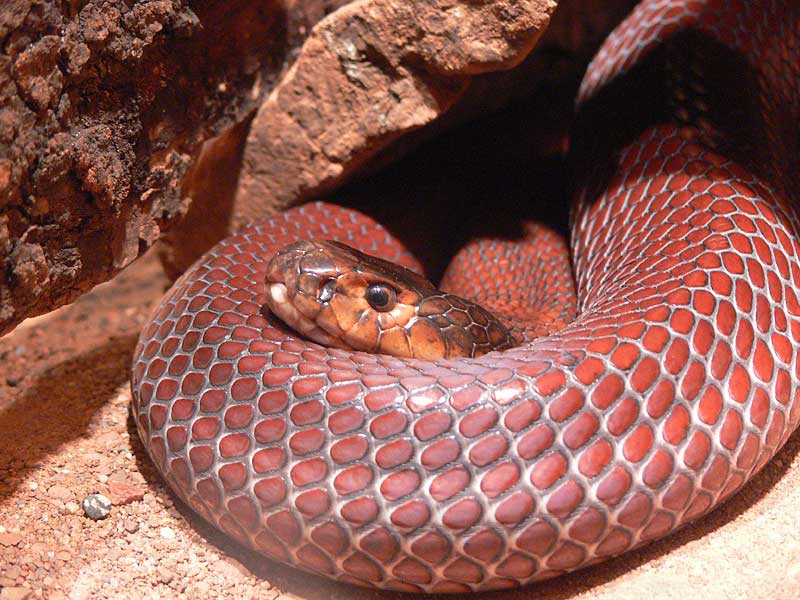
The Cape Cobra (Naja nivea) of southern Africa possesses potent neurotoxic venom but exhibits notably shy behavior when encountering humans or potential predators. These highly variable-colored snakes—ranging from yellow and brown to black depending on region—are exceptionally fast and alert, typically detecting threats well before close encounters occur. When disturbed, Cape Cobras immediately assess escape routes and rapidly slither away, capable of maintaining impressive speeds across open terrain toward the nearest shelter. Their slender bodies allow them to access small crevices and burrows that larger threats cannot follow, a trait they exploit effectively when retreating. Herpetologists working in their native habitat report that Cape Cobras will hood up defensively only when cornered without viable escape options, and even then, will often perform bluff strikes before delivering actual bites. This series of escalating defensive behaviors demonstrates their biological programming to avoid envenomation encounters whenever possible, using their venom primarily for subduing prey rather than defense.
Understanding Snake Defensive Behavior: Why Fleeing Comes First

The preference for flight over fight among venomous snakes stems from sound evolutionary logic that prioritizes survival through energy conservation and risk reduction. From a biological perspective, venom is metabolically expensive to produce and primarily evolved as a hunting tool rather than a defensive weapon. When a snake uses venom defensively, it depletes this precious resource that might be needed later for securing a meal. Additionally, any confrontation carries the risk of injury to the snake, even if its venom is effective against the threat. A snake with even minor injuries faces compromised hunting ability and increased vulnerability to other predators. Furthermore, the time required for a defensive encounter could expose the snake to additional threats or cause it to miss hunting opportunities. These factors have collectively shaped the behavioral evolution of most venomous snakes to prioritize escape, camouflage, and warning displays, with actual venom deployment serving as a last resort when all other strategies have failed.
Respecting Snakes in Their Natural Habitats

Understanding that venomous snakes prefer to avoid confrontation rather than initiate it should inform how we interact with these animals in the wild. When hiking or exploring snake habitats, making your presence known through heavy footsteps that create ground vibrations gives snakes ample opportunity to retreat before an encounter occurs. Maintaining a respectful distance when spotting a snake allows it to exercise its natural preference for flight rather than forcing it into a defensive position. Proper footwear and long pants provide basic protection in snake country, while tools like trekking poles can be used to gently probe areas ahead before stepping or placing hands. Most importantly, recognizing that these animals are not lying in wait to attack humans, but rather trying to peacefully coexist by avoiding interaction altogether, promotes both human safety and snake conservation. This knowledge transforms potentially fearful encounters into opportunities for mutual respect between humans and these remarkable, often misunderstood predators.
While venomous snakes certainly command respect for their potential danger, understanding their strong preference to avoid confrontation rather than seek it provides a more accurate perspective on these fascinating reptiles. From the lightning-fast Black Mamba to the shy Boomslang, these ten species demonstrate that venom is primarily a hunting adaptation, with defensive use being a reluctant last resort. This flight-over-fight tendency not only helps dispel unfounded fears and misconceptions but also highlights the importance of giving these animals space when encountered in the wild. By respecting their preference for avoidance, we can coexist more safely with these important predators that play vital roles in controlling rodent populations and maintaining ecosystem balance across the globe.

